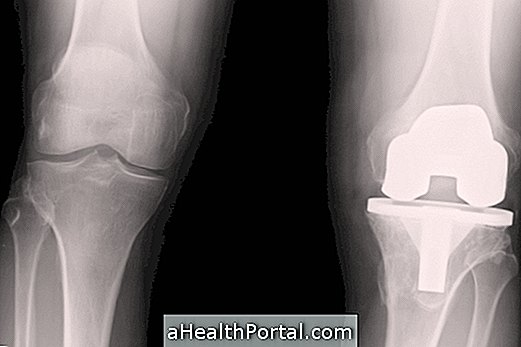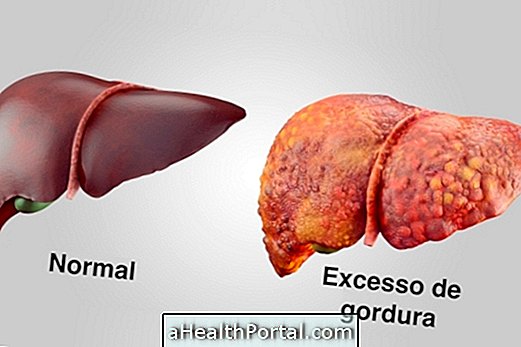The X-ray is a type of examination used to look inside the body, without having to do any kind of cut in the skin. There are several types of X-rays, which allow you to observe different types of tissues, but the most commonly used are the x-ray to look at the bones or the breast tissue.
So the midwife can ask for this exam to examine a certain area of the body where there is some kind of pain or discomfort to assess if there is any change and thus reach a diagnosis such as:
- Fractures in the bones;
- Infections;
- Osteoporosis;
- Tumors;
- Increased heart;
- Changes in the lung, such as pneumonia.
In addition, this type of examination can still be used when you are swallowing some type of object, for example to identify where you are and allow the doctor to choose the best technique to remove it.

How X-Ray Works
To make an X-ray, it is necessary to place the part of the body to be examined, between an X-ray producing machine and a hard film plate.
Because X-rays are a type of radiation that can easily cross the skin, soft tissues and air, but is absorbed by the harder tissues, such as bones, only the rays they cross can reach the film plate. When this happens, the rays that have managed to pass cause a reaction in the silver of the film that leaves it black.
Thus, when the film is revealed, soft parts and air appear in black, while the harder tissues remain white. When a specialized imaging technician evaluates the film, he or she can refer to the present changes, allowing the doctor to arrive at a diagnosis.
What are the main types
Depending on the site to evaluate, there are different types of x-ray:
- Chest x-ray : used especially if you have symptoms such as shortness of breath, chest pain, or persistent cough to check for changes in the ribs, lungs, or heart;
- Dental x-ray : is widely used by the dentist to observe in detail the teeth and structures of the mouth that hold the teeth, allowing an image of the interior of the gums. See when it should be done;
- Renal X-ray : may be requested when there are symptoms such as abdominal pain, painful urination or any type of kidney-related change, and may help diagnose kidney stone or the presence of tumors, for example.
In some types of x-ray, the imaging technician may need to use some type of contrast, which is a liquid that allows you to observe some structures of the body in greater detail. Contrast can be injected directly into the vein, swallowed or placed as an enema within the gut, depending on the part of the body being evaluated.
How to Prepare for an X-Ray
Usually there is no special preparation to do an X-ray, however, it is advisable to wear tight and comfortable clothing, especially where you need to make the X-ray.
People with implants or metal prostheses should inform the technician or the doctor, as this type of material can alter the image or cover the places to be observed.
In case you need to have an abdominal x-ray or gastrointestinal tract, your doctor may recommend fasting, depending on what you want to evaluate.
Possible X-ray Risks
The radiation released by X-rays is very low and, therefore, this test is considered safe for most adults, and there is no risk of cancer. However, if it is necessary to use some type of contrast, there is an increased risk of side effects such as:
- Red spots on the skin;
- Intense itching;
- Nausea;
- Feeling of fainting;
- Metallic taste in the mouth.
These effects are normal, but if they become very intense or if breathing is difficult, they may be a sign of a severe allergic reaction, and in such cases it is important to inform the technician immediately.
In the case of pregnant women and children, the X-ray should be avoided, with preference given to other types of examination, since radiation can cause changes in the fetus or in the growth process of children. Check out how many X-rays the pregnant woman can do.





















